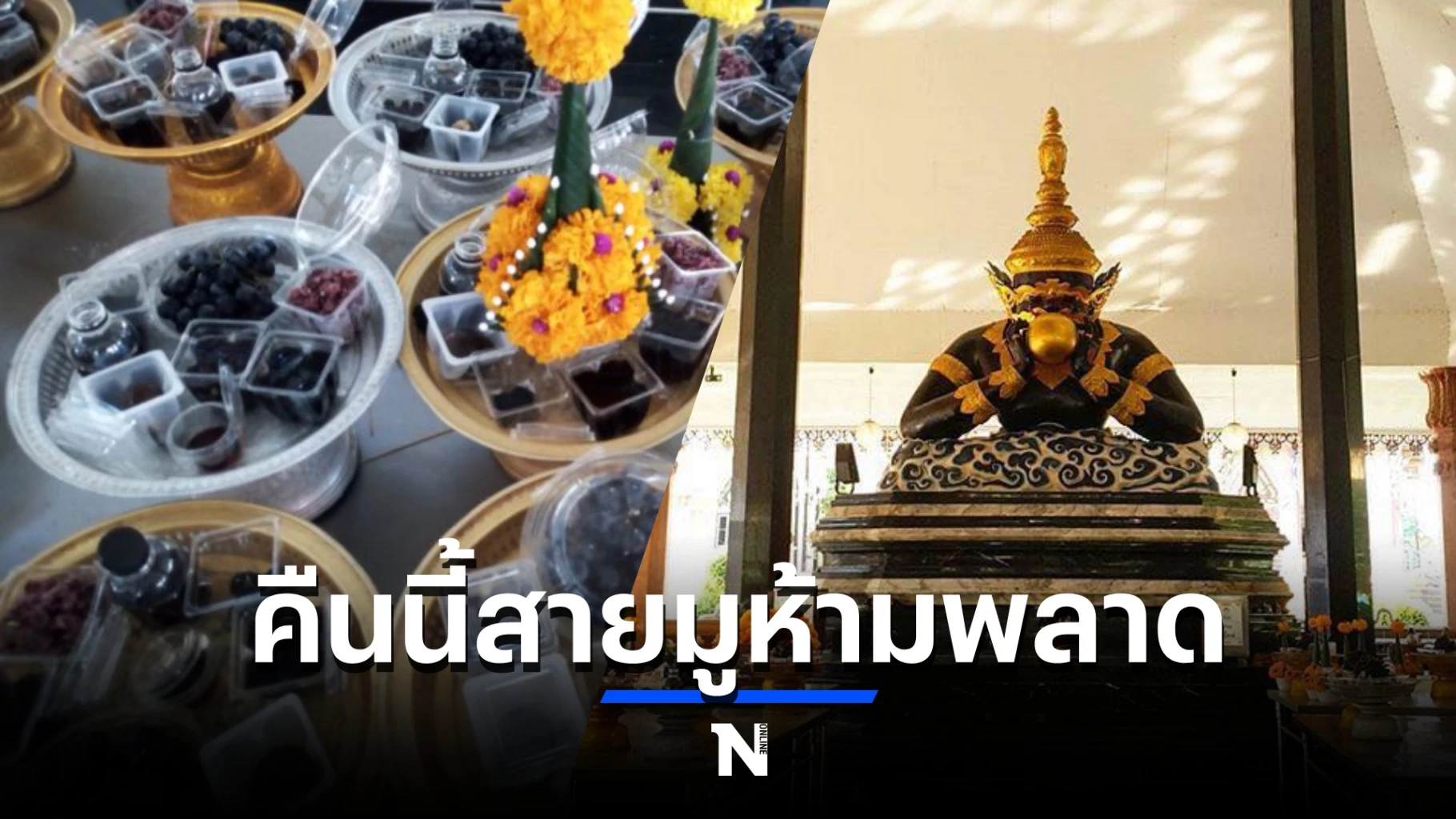ป้ายกำกับ: Beliefs and Culture
The Invisible Forces Shaping Our Lives: Exploring Beliefs and Culture
Have you ever wondered why people from different parts of the world do things differently? Why some cultures value politeness above all else, while others prioritize directness? Why some celebrate holidays with fireworks and feasts, while others observe them with quiet reflection? The answer lies in the invisible forces that shape our lives – beliefs and culture.
These two concepts, often intertwined, are like the foundation upon which societies are built. They guide our thoughts, actions, and even our deepest desires. They are the invisible threads that connect us to our families, our communities, and our history.
Beliefs: The Guiding Principles of Life
Beliefs are like the compass that points us in a certain direction. They are the ideas and convictions we hold about ourselves, the world, and our place in it. These beliefs can be about religion, spirituality, ethics, values, or even the meaning of life itself.
For example, some people believe in the power of positive thinking, while others believe in the importance of hard work. These beliefs shape how they approach challenges, how they interact with others, and how they make decisions.
Here are some examples of how beliefs influence our lives:
- Religious beliefs: They dictate how people worship, observe holidays, and even dress.
- Political beliefs: They shape our views on social issues, our voting choices, and our engagement in community life.
- Personal beliefs: They determine how we view success, happiness, and the purpose of life.
Culture: The Shared Story of a Group
Culture, on the other hand, is like the shared language that binds a group of people together. It encompasses the customs, traditions, arts, and social institutions that define a community. It’s the recipe for how people interact, celebrate, and even mourn.
Here are some key elements of culture:
- Language: The spoken and written words that allow people to communicate.
- Art: The forms of artistic expression like music, dance, literature, and visual arts that reflect cultural values.
- Food: The types of food people eat and how they prepare and share it.
- Traditions: The rituals, ceremonies, and celebrations that mark important events and occasions.
- Values: The principles that guide people’s behavior and interactions.
Culture is a powerful force that shapes:
- How we raise our children: The values and traditions we pass down to the next generation.
- How we interact with others: The norms and etiquette we follow in social situations.
- How we view the world: The perspectives and understanding we develop through our cultural lens.
The Interplay of Beliefs and Culture
Beliefs and culture often work together, influencing each other in a complex dance. Our beliefs can shape the cultural practices we adopt, while culture can also influence our personal beliefs. For instance, a culture that values respect for elders might also have strong beliefs about filial piety (duty to parents).
Understanding Beliefs and Culture:
Exploring beliefs and culture helps us understand the diversity of human experience. It allows us to appreciate the richness of different traditions, values, and perspectives. It also encourages empathy and compassion, allowing us to see the world through the eyes of others.
The Importance of Tolerance and Understanding:
It’s crucial to remember that beliefs and cultural practices are deeply personal and often hold profound significance for individuals and communities. Tolerance and understanding are essential in a diverse world where different beliefs and cultures coexist.
Stepping into Different Worlds:
Learning about beliefs and culture opens doors to new experiences and insights. It allows us to connect with people from different backgrounds, fostering a sense of global citizenship. By stepping outside of our own comfort zones, we can broaden our horizons and appreciate the beauty of human diversity.
This is just the beginning of exploring the fascinating world of beliefs and culture. There is so much more to discover!
Secondary Keywords: cultural traditions, cultural values, religious beliefs, cultural diversity, cultural influence
